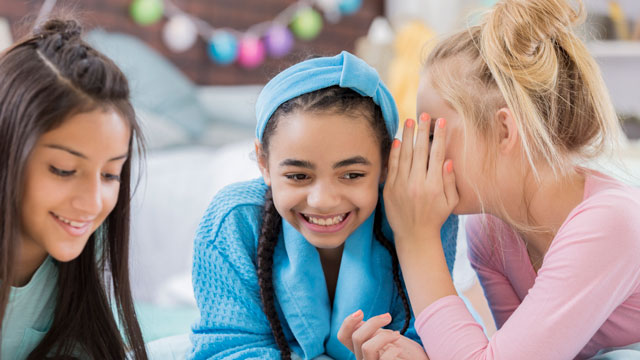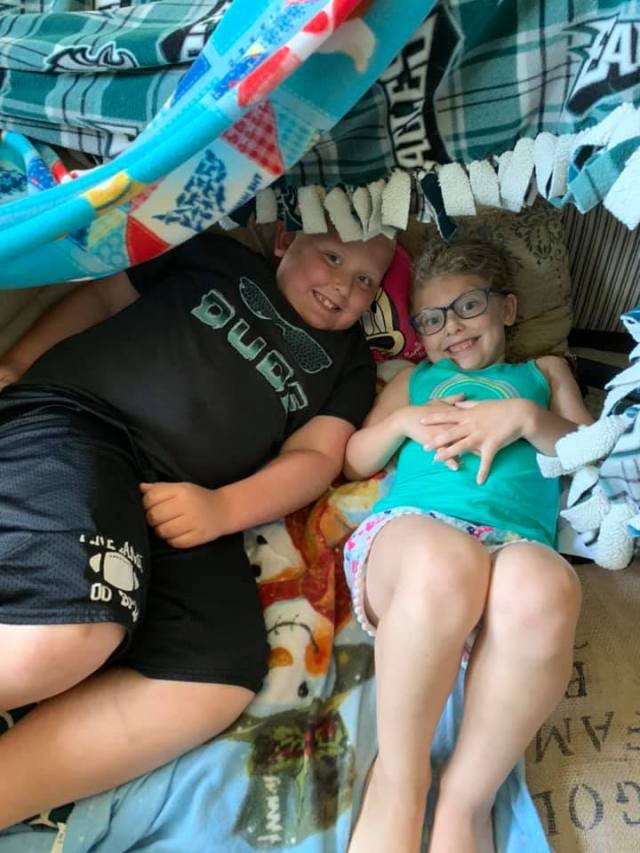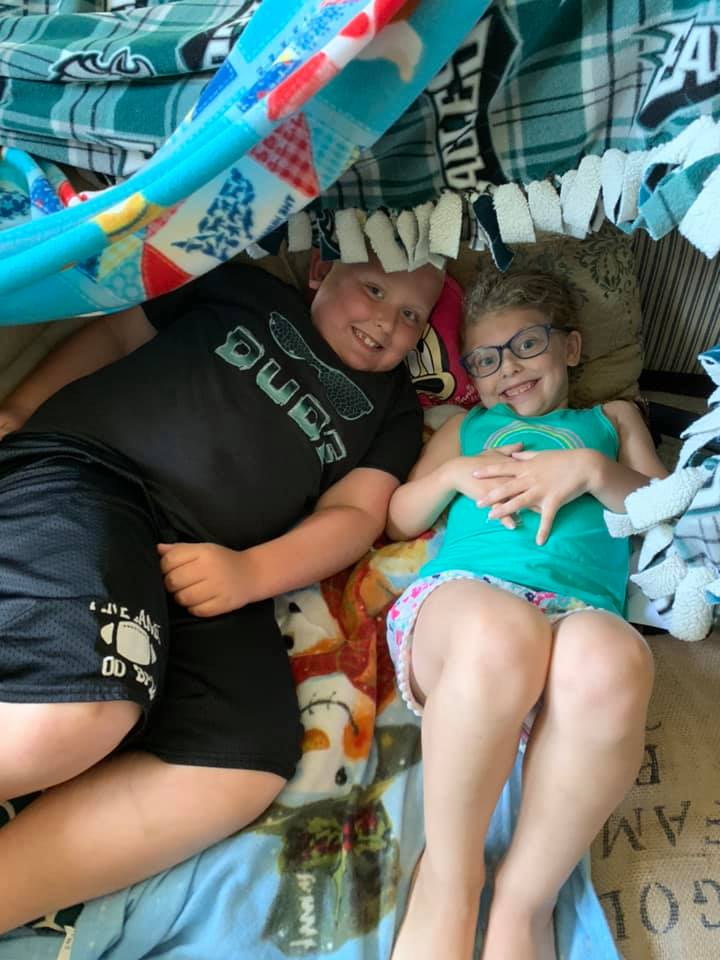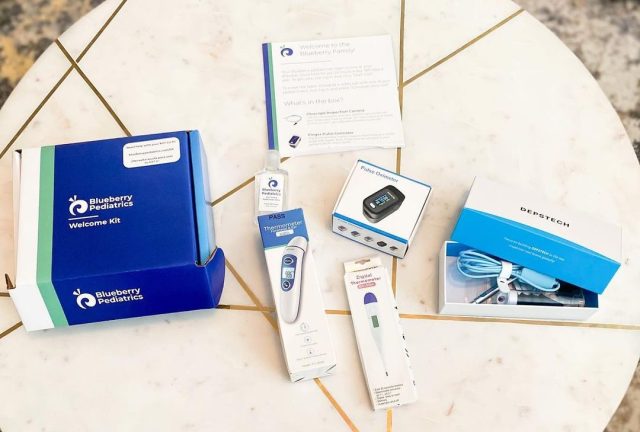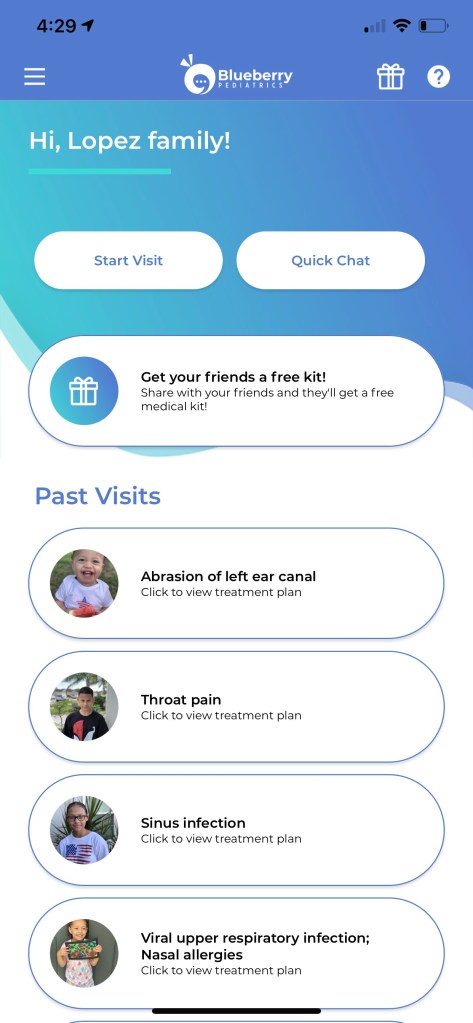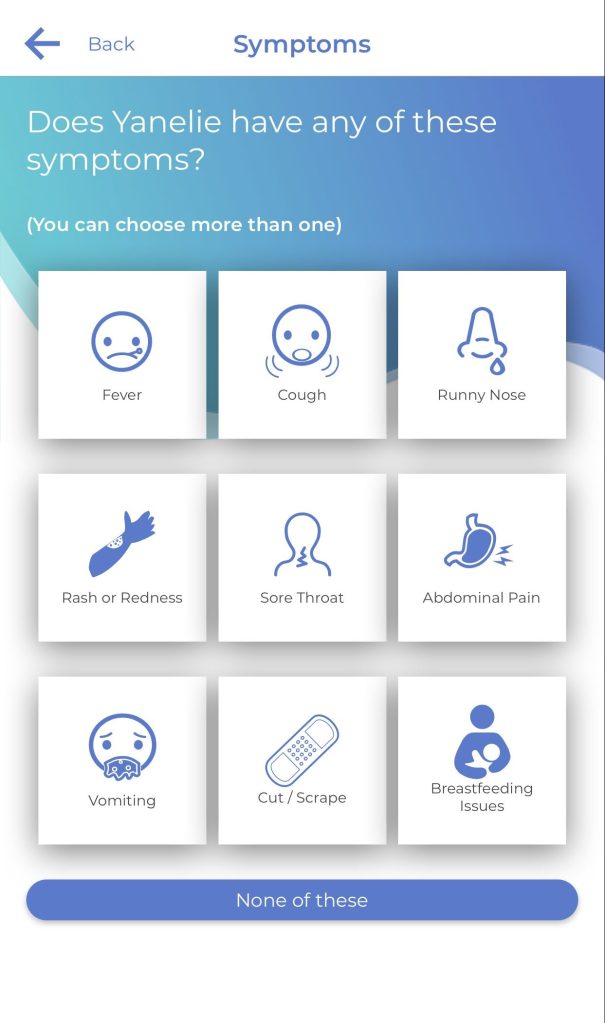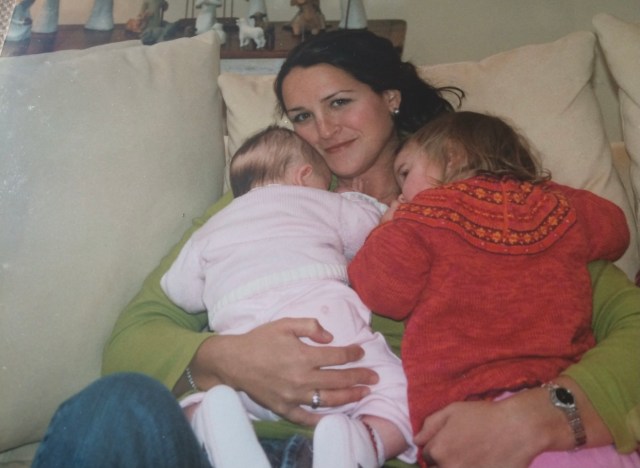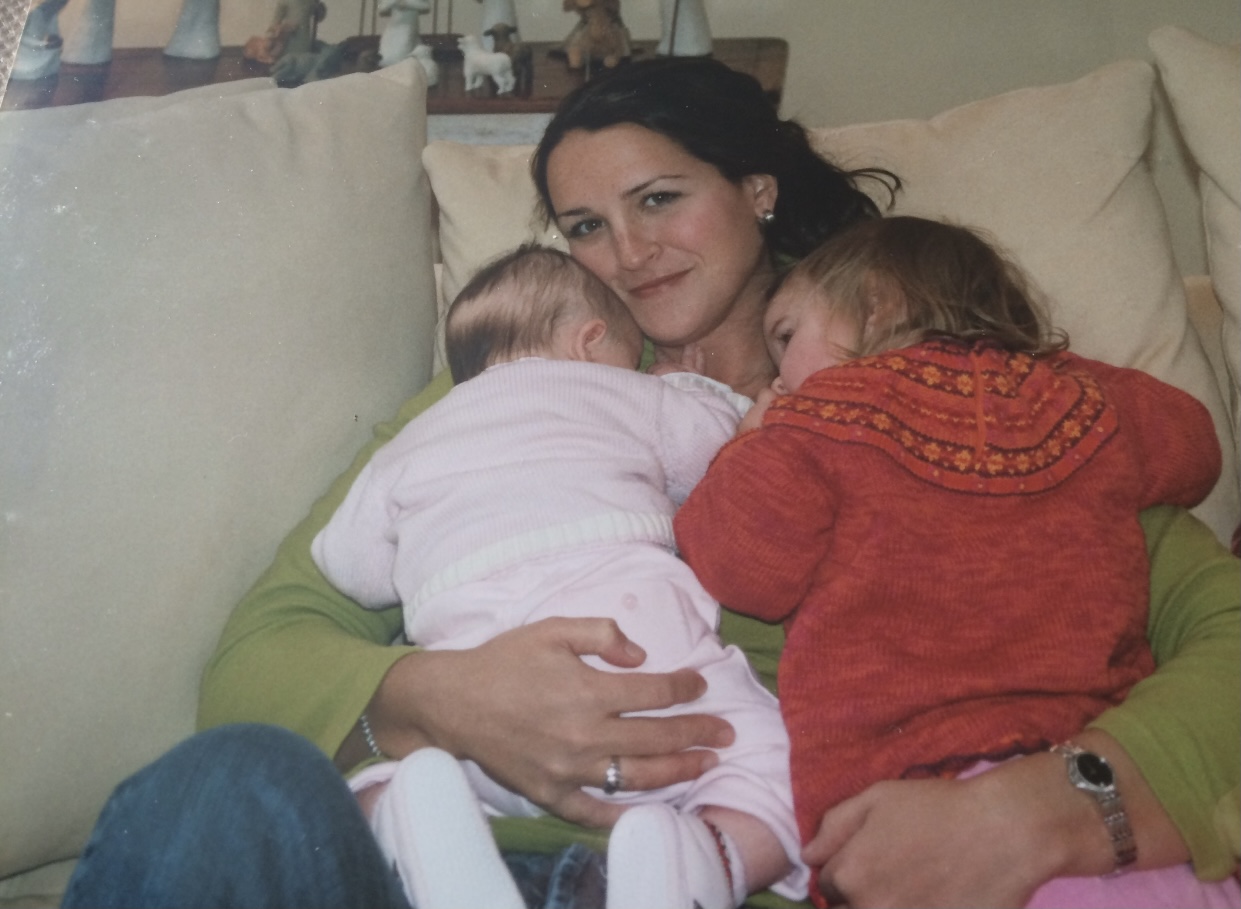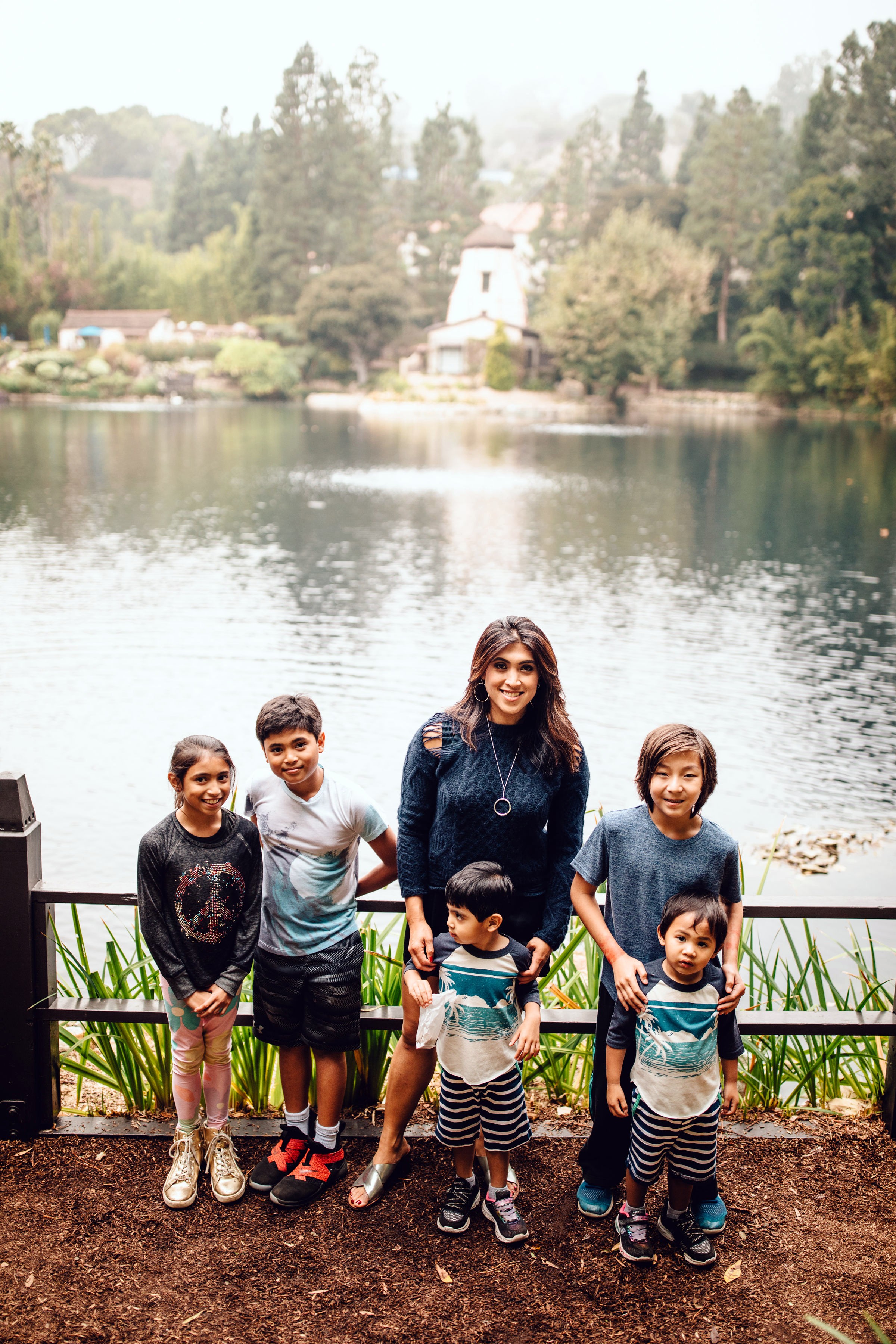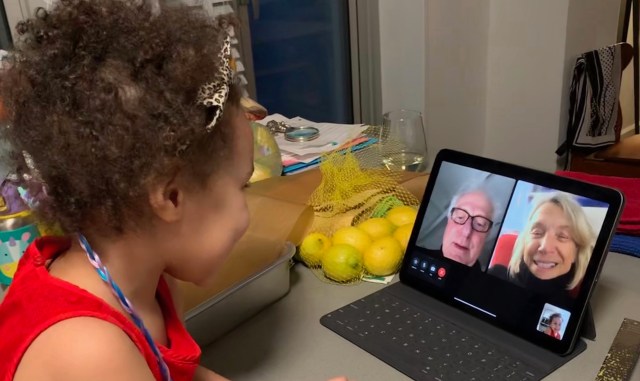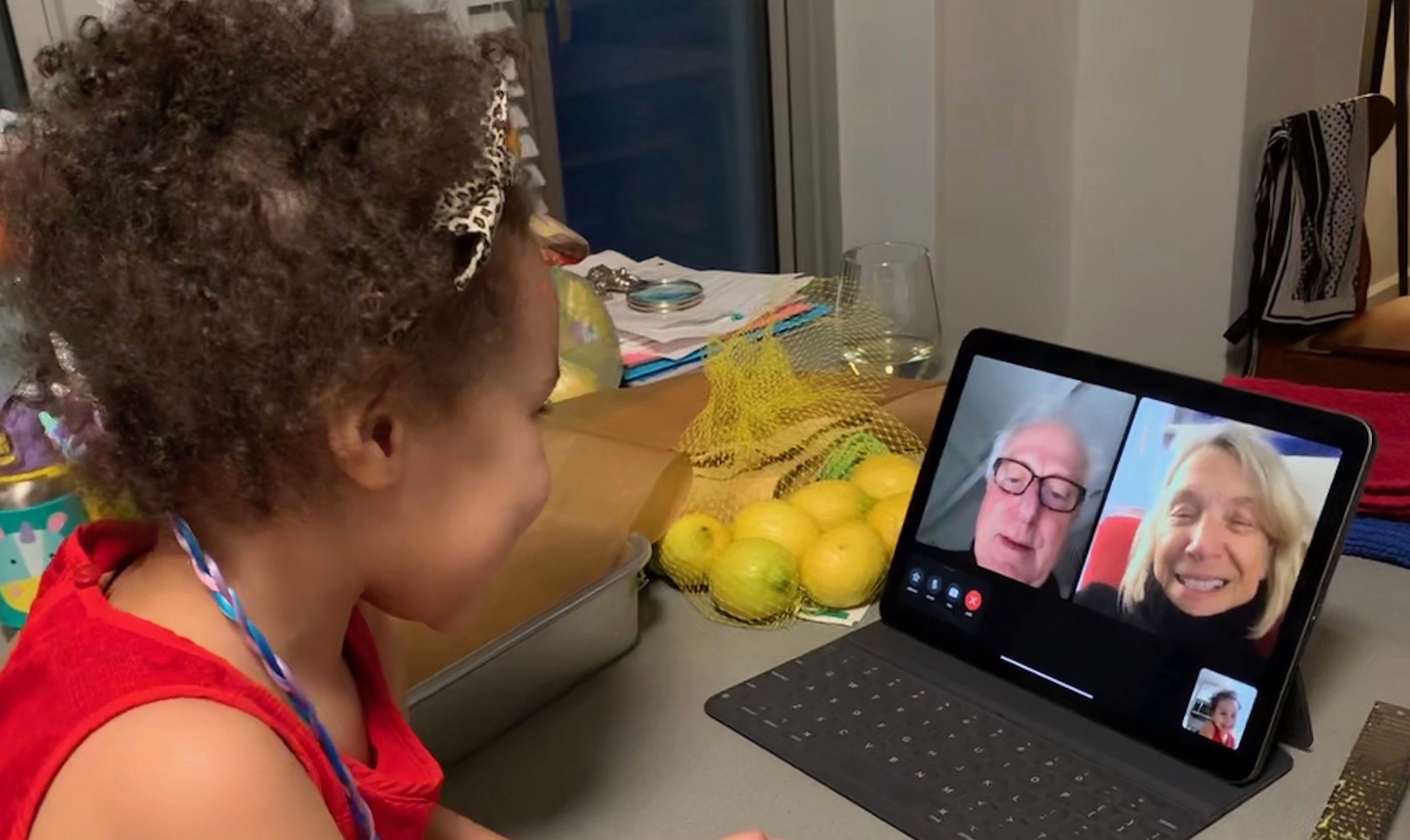I hear “I’m fine” a lot throughout my days. If you are a parent of a pre-teen girl, I am sure that you do, too.
“How are you?”
“I’m fine.”
“Do you want any help?”
“No, I’m fine.”
“You seem really upset. Let’s talk.”
“I said, I’m fine.”
It’s hard to be shut out like this and left on the outside of her experiences, helpless and defeated.
One thing I’ve learned and what I know for sure about girls is this: “I’m fine” could mean she’s fine but rarely does. “I’m fine” can mean “I don’t want to talk about it.” “I’m fine” can mean “I’m okay but I could be better.” “I’m fine” can mean “I really want to tell you but I just don’t know how.” And “I’m fine” can mean “I will talk about it but not right now.” Thus, “I’m fine” has become the secret code for what’s really going on for her and a code we must try to crack (carefully and with all the empathy we can muster).
If we imagine being a teen girl (just for a minute), this response makes sense: She wants to be independent of us and figure life out on her own. A pre-teen is all about keeping up her appearance of “I’ve got this.” She also wants to safeguard herself from, well, us: our judgment, our advice, and sometimes our unintentional intrusion. These words are automatic, unrehearsed responses to our queries and they do the job—they keep us at bay from what she’s really feeling and her true inner experience.
What’s a parent to do when your eyes tell you she needs your help and yet her words tell you she is just fine without you? Here are some ideas for you to try to get more from her “I’m fine” and help her to shift to “I feel.”
Be aware of your tone of voice.
Girls are super sensitive to variations in tone of voice. Did you know girls can hear a wider spectrum of emotional tone in another’s voice than boys can? And that their detection becomes even greater with the hormonal changes that accompany adolescence? (You can read more about that in The Female Brain by Louann Brizendine.)
So if we come to her with anything but genuine sincerity and care, she will feel it and not want to talk. Try to use warm words of kindness with phrases such as, “This must be hard for you…” and “It seems like there is something on your mind. I’d really love to hear about it and simply listen to you.”
Change your questions to get different answers.
We all fall into the trap of asking these two expected questions: “How are you today?” and “How was your day?” which set us up for the inevitable responses of “fine” and “good.” Think about asking more creative, out-of-the-box questions, such as “What was the best part of your day?, “What are you most proud of accomplishing,” or “If you had a chance to redo any part of your day, which part would you choose to do over?”
Give her space.
Her worry is our worry—this is called parenting. I know many parents who want to force conversations and answers because they care so much. But pushing her to talk about our timing when she’s not ready can be damaging to the relationship and may just lock the door on future conversations.
If she wants to take her time and decompress after a busy day, allow her to do just that. Reassure her you want to talk and let her know when you’ll be around. If you can, even plant the seed of connection by conveying to her you are up for a walk to get ice cream or you’d love to watch a movie on Netflix with her for some relaxation (and who knows, maybe the conversation will emerge naturally).
Help her find her words.
When she’s ready to talk, help her tell her story by giving her the words she needs. It’s hard for her to articulate what’s happening internally, and she may benefit from your suggestions. “Today, I noticed…” “This made me feel…” “I feel this way because…” and “This is what I need…” These prompts may just get her talking to you, and in the future, she may be able to find these words on her own.
We know it’s not always easy to be a growing girl, and “I’m fine” is a quick way to cover up the challenges of her day. Yet, when we help her move beyond that phrase to truly express herself, we are emboldening her with the confidence and competence that comes with self-expression. At the same time, we are learning to better understand what’s really on her mind.
Originally published April 2020.








